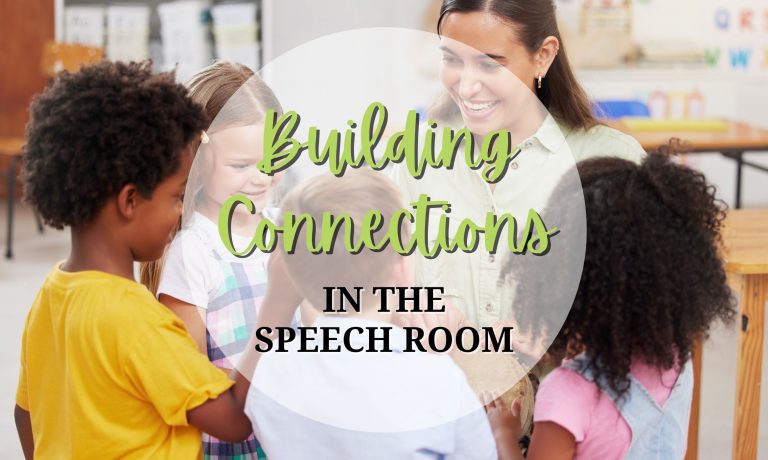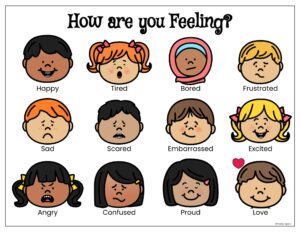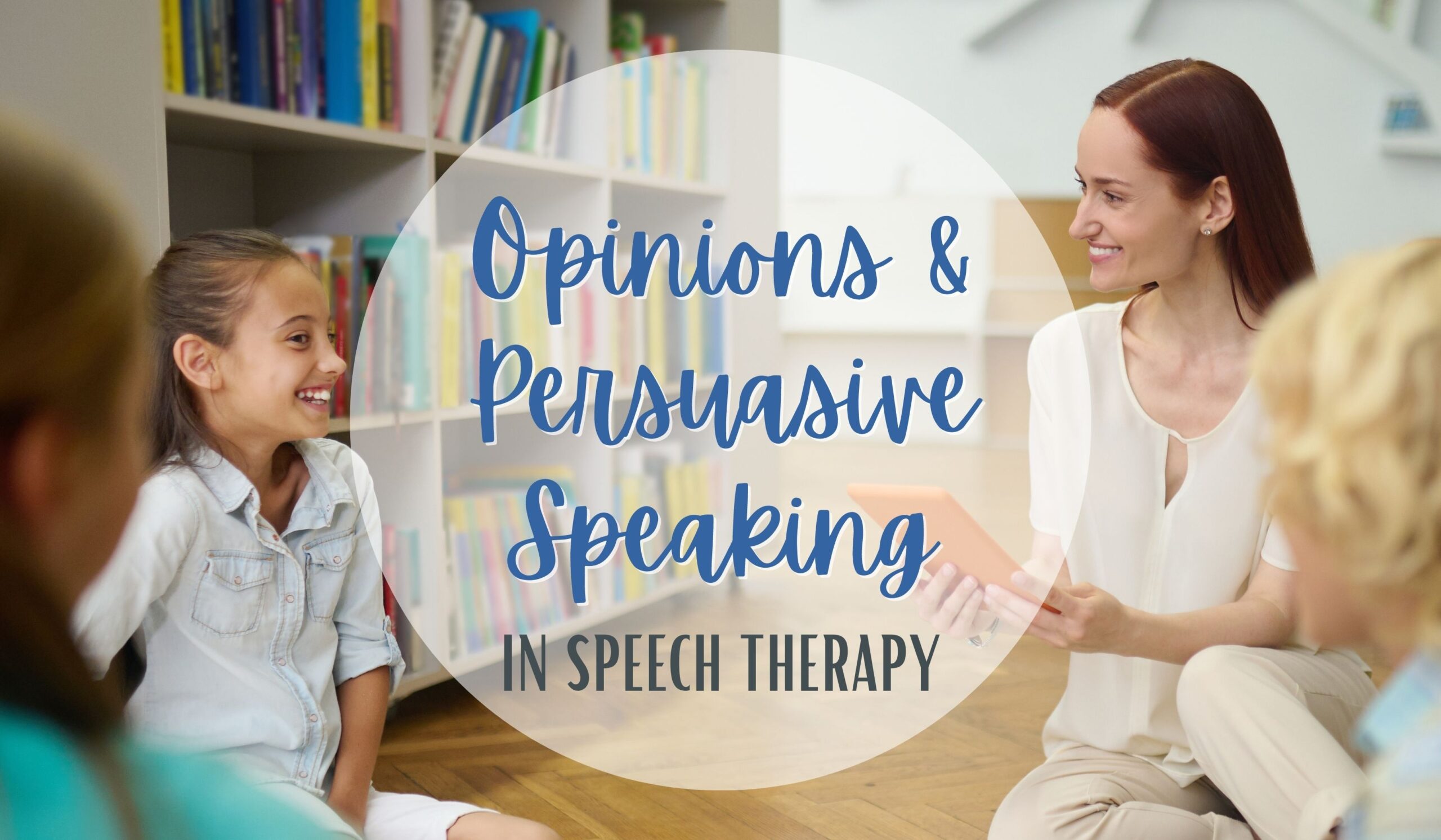
Building Connections
The beginning of the school year is a busy time and it is always challenging to know where to focus your energy. There are schedules to create, meetings to attend, evaluations to complete, and reports to write. Once you are finally able to see your students, I truly believe that building connections should be at the top of your to do list. When I worked at our neighborhood elementary school, the teachers were encouraged to take the first two weeks to focus on building relationships and a positive culture in the classroom. I strongly believe it is equally important to build a positive climate and community in the speech room. We are constantly challenging our students to take risks as they practice new speech and language skills. It is critical to slow down and focus on building positive relationships and connections with our students before we expect them to take risks. This helps to create a safe environment where our students will continue to grow and learn. This blog post summarizes some of my favorite ways to build connections in the speech room:

Icebreakers
If you visit the Pinwheel Speech website or TPT store, you will quickly see that I love using icebreakers with my students. At the beginning of the year, icebreakers offer a fun way to get to know each other better. It is amazing how much you can learn about your students during icebreakers. Icebreakers help you learn about their special interests and you can weave this information into lessons throughout the year. Our conversations will flow more naturally when we really KNOW our students. Conversation starters are not just ideal for the beginning of the school year, they are also great for practicing speech carryover skills and social language skills throughout the year. You can learn more about my favorite icebreakers and conversation starters HERE.

Establish Group Expectations Together
I always have my students help me generate group expectations at the beginning of the school year. Together, we brainstorm ideas and I will add EVERY SINGLE suggestion to a sticky note and put it on the wall. In total, we usually end up with 50 or 60 sticky notes on the wall. Next, I have my upper elementary students help me group similar suggestions and narrow it down to 5 or 6 general “rules” for the speech room. Our group expectations generally end up being quite simple and easy for all ages to understand (e.g., “Be Kind”, “Stay Safe”, “Be Respectful”, “Take Turns”, “Try your Best”, etc). By involving my students in generating norms for the speech room, it helps them feel safe expressing their ideas and opinions. It also helps them “own” our group expectations and better understand WHY we need group norms.
Regular Check-ins
Another way to build connections is to include regular check ins with your students. Sometimes it is a simple “How are you?” as we are walking down the hallway. Some students benefit from a more structured visual check-in each week (e.g., Feeling Activities, Zones of Regulation). Students are generally very honest and I am always amazed at how much information I can learn about my students during these check ins. Many times I will change my lesson plan depending on the check-in. I might pull out my basket of fidgets or switch to a sensory activity if they are not regulated. I have included a FREE feelings check in sheet that you can download above! You might also be interested in these Feelings Activities in the Pinwheel Speech TPT store!

Cooperative Activities
Cooperative activities are also an excellent way to build connections because they promote teamwork, communication, and problem-solving skills. Some examples include cooperative games, cooperative planning, and cooperative problem solving. Cooperative group activities naturally help students build connections and develop a sense of community in the speech room. I recently wrote a blog post about cooperative activities for groups and you can find it here!

Repairing and Restoring Relationships
Once in a while, conflicts will emerge in the speech room. I used to have a competitive group of boys right after recess and there was usually a student who was upset with another student about something that happened at recess. It ended up being a good time to model healthy communication skills and problem solve together. It is important to show our students how relationships can be restored with healthy discussions. A non-threatening way to practice disagreements is by discussing opinions. Not only do I enjoy the discussions, I find that my students do as well! You can learn more about how we practice stating our opinions in this blog post. As a person who typically runs from conflict and usually avoids any type of disagreement (About me), I wish I would have learned how to disagree in a healthy manner as a child. I strongly believe that this is a valuable skill for anyone who wants to develop healthy communication skills.
Your Turn!
I hope that this blog post has inspired you to build stronger connections with your students. I would love to hear how you build connections in your classroom. Please comment below to share ideas.




